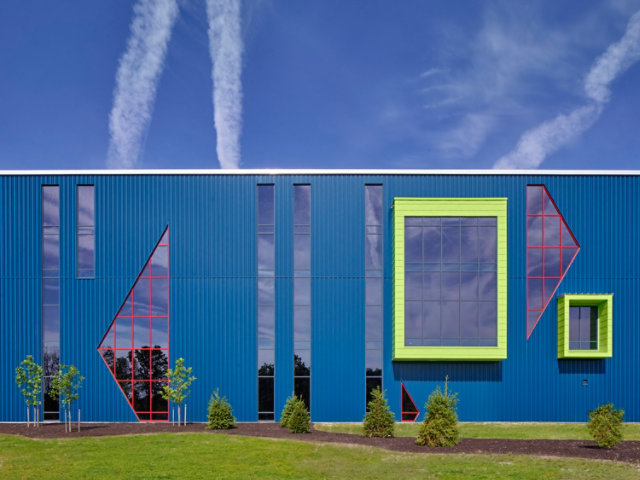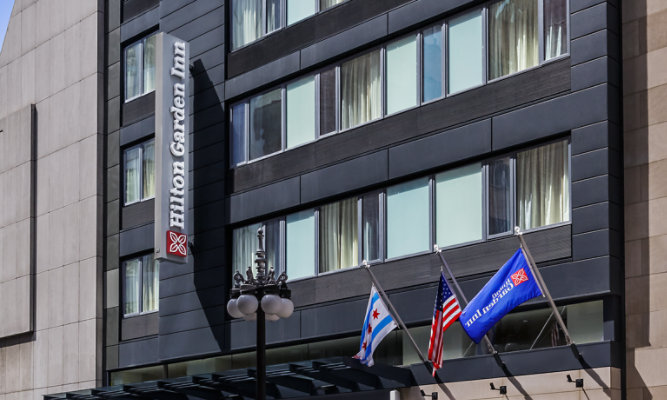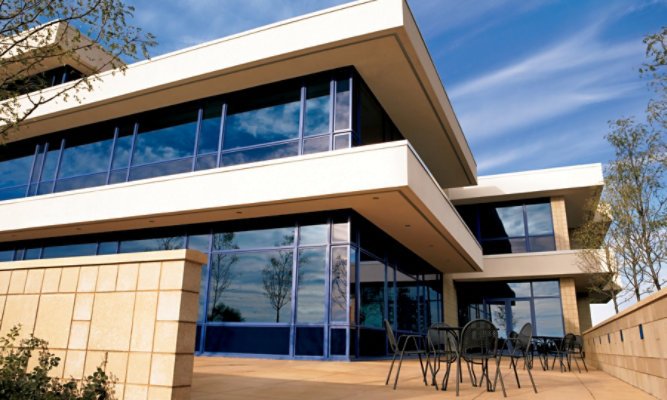
Sustainable Infrastructure: What's Next?
July 2024
Previously published on Metal Architecture - Read Here
Imagine a city where buildings do not just stand tall, but also work smart, actively fighting a battle of attrition against the heat of the sun. As society continues to grapple with record-breaking temperatures, the importance of reducing energy use, cost, and carbon emissions has never been more critical. This is where buildings come into play, particularly in urban areas where the concentration of heat-absorbing surfaces contributes to the urban heat island effect. This phenomenon refers to increased temperatures in urban areas relative to surrounding rural or natural areas, leading to higher energy consumption
for cooling.
A key contributor to this issue is traditional roofing materials, which cover at least 20 percent
of the land surface in most urban areas and absorb up to 85 to 95 percent of the sun’s heat energy. The coil and extrusion coatings industry has recognized this heat absorption dilemma and responded by formulating solar reflective metal coatings, a solution which not only helps address the urban heat island effect but also offers significant benefits for buildings in terms of energy efficiency and sustainability.
Combatting urban heat
Solar reflective metal coatings are designed to reflect the sun’s infrared energy, reducing the amount of infrared light absorbed by an exterior surface. Solar reflective metal coatings help combat the urban heat island effect and can result in lower energy consumption for a building, and consequently, the surrounding area. One building standing at the forefront of this innovative coating is the Polk Penguin Conservation Center in the Detroit Zoo, which uses solar reflective metal coatings to create an Antarctic iceberg-like appearance while providing the center with an energy-saving exterior.
The facility’s solar reflective metal coatings help the 3,065 m2 (33,000 sf) building to keep its 1,362,748-L (326,000-gal), 7.6-m (25-ft) deep aquatic area chilled and comfortable for all the zoo’s penguins. The coating contained 70 percent polyvinylidene fluoride (PVDF) resins, offering outstanding protection against dirt, staining, exceptional color consistency, and retention.
n addition to their energy-saving properties, solar reflective metal coatings offer the benefit of longevity due to their resistance of heat and UV light. The heat resistance capabilities help protect coatings from the damage of thermal shock that comes from rain hitting a hot rooftop. With a solar-reflective metal coating, the roof consistently maintains a lower temperature, sustains less damage from rain, and is less affected by quick changes in temperature. This results in a win-win situation for sustainability: the coating lasts longer before needing to be replaced, and it works to reduce energy consumption over its lifespan.
Earning LEED credits
Solar reflective coatings retain their color consistency and gloss retention for an attractive look. The Cool Roof Rating Council (CRRC) pioneers a solar reflective rating that scores depending on the shade, pigment, and reflectivity of many of these solar reflective metal coatings which helps gauge a building’s impact on the environment.
According to ENERGY STAR, Americans spend $40 billion per year on air conditioning alone, accounting for one-sixth of the electricity used. By using solutions like reflective coatings to help reduce cooling costs, builders can save owners a significant amount of money while simultaneously reducing energy consumption and mitigating negative impacts on the environment.1
In recent history, solar reflective coatings have continued to develop past roofs; now, cool walls are the newest way to save costs and energy while pushing sustainability in the coatings industry and built environment. Cool walls, like cool roofs, have become a critical consideration in obtaining LEED certification for buildings and a useful product offering for industry members looking to achieve their own sustainability goals.
Solar reflective coatings represent a significant advancement in the coatings industry, offering a powerful tool for combating the urban heat island effect and reducing energy consumption. As society continues to face the challenges of climate change and rising temperatures, the need for innovative, sustainable solutions like solar reflective coatings will only grow.
Related Articles
News & Media
Featured Media
Stay up-to-date with the latest product releases, news and upcoming industry events.
Go to Resource Center



